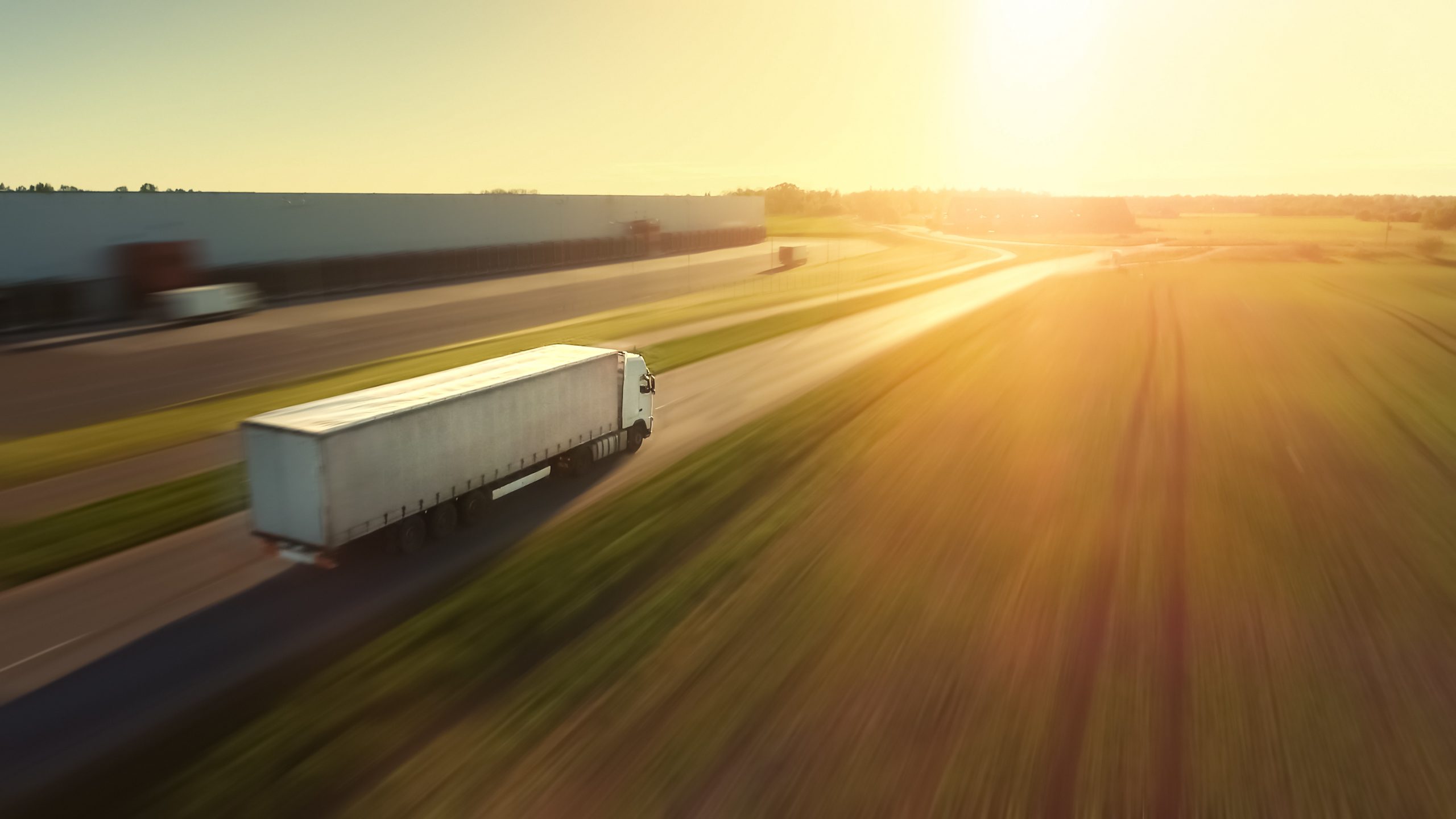
Semi-Truck Platooning is the Future of Commercial Trucks
Technology is always pushing the commercial truck industry. From electric vehicles to collision-sensing cameras, heavy-duty trucks have been able to go more miles with fewer accidents and lower costs. Now, semi-truck platooning is promising to innovate and disrupt the industry. Platooning can reduce costs, increase safety and deliver other benefits to the entire country.
What is Platooning?
Platooning is a form of digital tailgating that takes advantage of modern technology and driver oversight. By combining radar, GPS and WiFi, a convoy of 2 or more trucks can reduce drag by reducing the space between trucks. Attempting to do this manually can be dangerous. But with digital assistance, trucks can be as little as 30 feet apart on a highway.
Platooning is not to be confused with autonomous driving. While there’s smart digital technology involved, platooning only helps maintain distance and perform emergency maneuvers. Drivers are still required to be present and engaged. Still, this technology is positioned to revolutionize the commercial trucking industry.
This technique is just the first step on the road to full automation and is likely to become a staple of the industry through 2030. Trials are beginning to take place on American roads this year, safely keeping drivers behind the wheel and ready to intervene.
How Platooning Reduces Costs
The biggest impact that platooning will have on the industry has to do with aerodynamics. Wind and air resistance can make trucks less fuel-efficient. But with digital tailgating, the lead truck in a convoy can reduce the air drag on trucks behind it.
Even the most conservative estimates predict a 6.5% reduction in fuel consumption, while other reports anticipate a 20% reduction. Considering that fuel makes up nearly 30% of the total spend for the industry, these savings can translate into billions of dollars.
The Future of Platooning and Semi-Trucks
There’s more to platooning than saving money on fuel. The digital communication between trucks means that vehicles can stop more easily and safely when the leader of a caravan hits the brakes. Because drivers are being assisted, they’ll be more focused on their surroundings, leading to further safety. Because of this, platooning will make driving commercial trucks safer and more efficient.
A platooning convoy will take up less space on the highway, meaning that heavy congestion can potentially be cleared up. Semi-trucks spend most of their time on the highway, and reducing how much they contribute to traffic will benefit both the industry and American drivers as a whole.
Moving Forward
As technology improves, the industry will become more efficient, safer and better. Platooning is just the next step in the process as semi-trucks move to the future. More efficient fuel consumption, safer conditions for drivers and less traffic will reduce costs and increase productivity for the entire industry.
To learn more about how your fleet can embrace platooning with trucks from brands like Ford, Volvo or Mack, contact Nextran Truck Centers. With 16 locations across Florida, Georgia and Alabama, we’re here to keep you moving.
